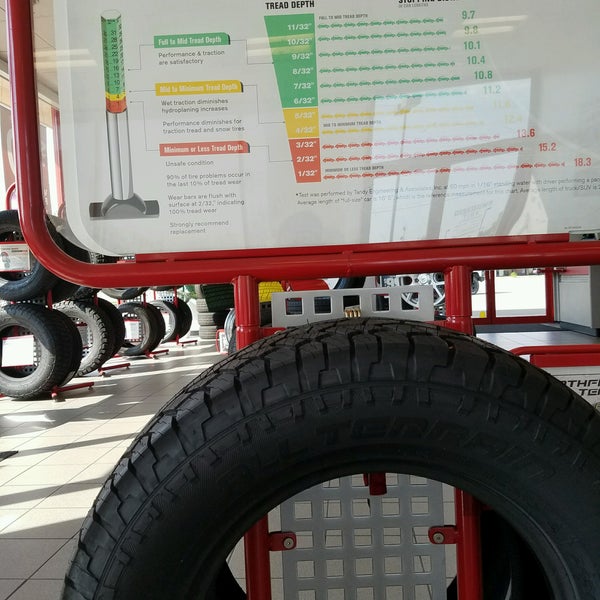Do you know what the Discount Tire replacement policy is? Well, you are at the perfect place to find the answer to such a question.
Discount Tire is the largest independent tire retail company in the world. From its humble beginnings in a single store in Michigan over 60 years ago, Discount Tire (known as America’s Tire in parts of California) now has over 1,000 locations all over the United States.
Discount Tire sets itself apart from large, big box tire retailers with its excellent customer service and expert staff.
One of the best advantages of buying tires at Discount Tire is its tire replacement policy. Discount Tire offers a program called Certificate for Repair, Refund, or Replacement that you can purchase as an add-on when you buy your tires. Similar to a warranty, this Certificate is basically an exchange program for your tires if your original tire has an issue.
Let’s go through all the details of Discount Tire’s tire replacement and repair policies, including their unique Certificate program.
Table of Contents
Most tire retailers will offer a prorated warranty which offers partial refunds depending on the age of the tire.
Discount Tire does offer a free, prorated road hazard warranty as well, however, they also offer a Certificate for Repair, Refund, or Replacement. Here are the details about this program:
The Certificate for Repair, Refund, or Replacement is not free, but it may be worth it if you buy expensive tires or drive on rough, problematic roads.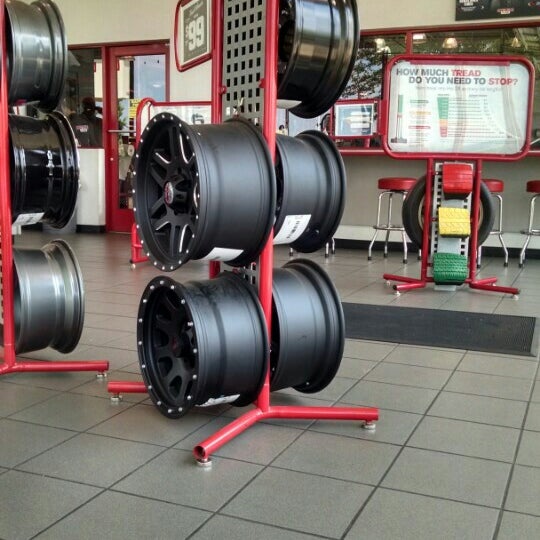
The cost of a Certificate is based on a percentage of the price of the tire you are buying, generally from $10 to $100 per tire.
When you purchase a tire from Discount Tire (or Discount Tire Direct), your Sales Representative will ask you if you want to purchase the Certificate.
If you decline at the time but then change your mind, don’t worry. You have up to 30 days after purchasing your tire to buy the Certificate. You can either go back into the store or you can call them.
Read also >> Is Discount Tire’s Warranty Transferable? (Coverage + More)
If you find your tire is damaged or defective and can no longer hold air, you’ll need to check a few things before redeeming your Certificate for a replacement tire.
First, you’ll need the sales receipt (or online proof-of-purchase). You’ll also need to make sure your tire meets these two criteria: the tire must be less than 3 years old, and the tread depth must be more than 3/32”.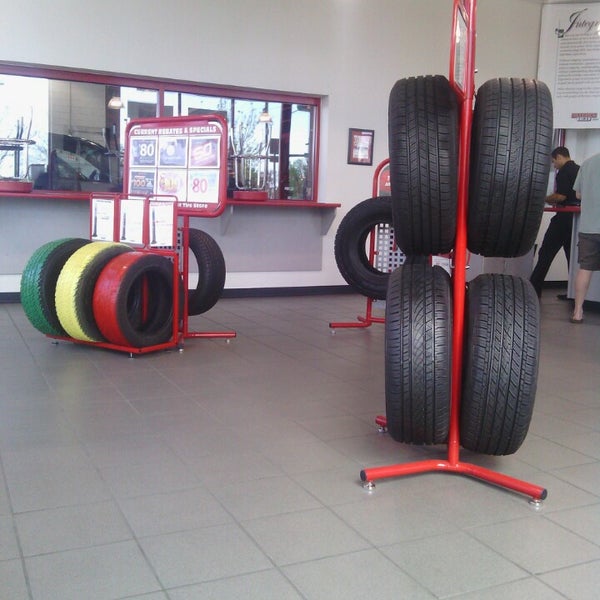
If you need to replace your damaged tire and you are close to a Discount Tire location, you’re in luck. Head to the location with the damaged tire and receipt.
They will validate the Certificate and inspect the tire. After inspection, they will determine if they can repair it.
If they can’t repair it they will give you a refund, which you can use to purchase a replacement.
Unfortunately, you may need to replace your damaged tire where it is not convenient to get to a store location, or after hours when locations are closed.
If that is the case, you can call Discount Tire Consumer Affairs at 800-589-9642 or 888-774-6560. They will guide you through the Certificate redemption process.
In the worst-case scenario, you may have to make an emergency repair and simply can’t get to a Discount Tire location.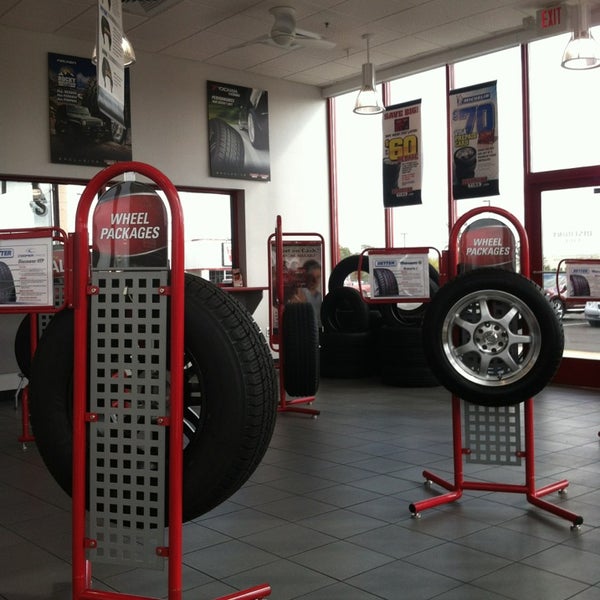
Luckily, you may still be able to redeem your Certificate and get the cost of the replacement tire reimbursed.
Call Consumer Affairs at 800-589-9642 or 888-774-6560 within 5 business days of the date of repair and they will determine if you can get reimbursement.
Read also >> Costco Tire Warranty – Replacement Policy (How It Works)
If your tire becomes damaged or is defective and you didn’t purchase a Certificate, Discount Tire offers a free, prorated road hazard warranty as an alternative.
Most brand-name tires also come with a manufacturer’s limited warranty, which will vary depending on the brand of the tire.
Finally, many tire brands will offer a promotional warranty period (usually lasting 30 days) to encourage customers to try their tires.
If you need to replace your defective tire, simply bring it in with your purchase receipt or online proof-of-purchase.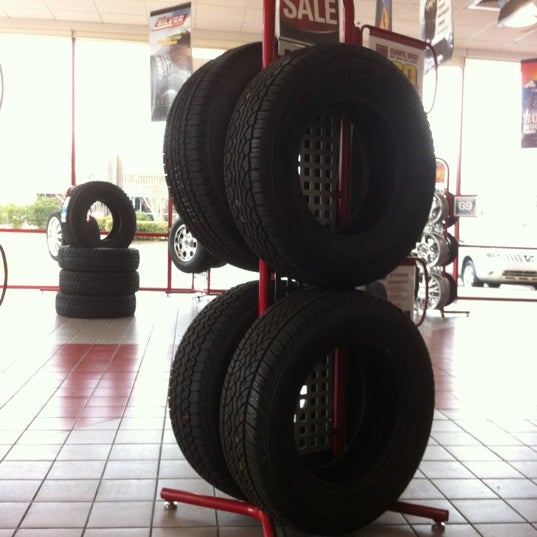
There is no time limit to Discount Tire’s road hazard warranty, however, remember it is prorated, meaning you will get less of a refund as time passes after the purchase date.
As with any warranty program, there are some exceptions to Discount Tire’s Certificates.
The following situations will not be covered by the Certificate program:
All tires sold at Discount Tire will be covered by their Certificate program or a manufacturer’s warranty.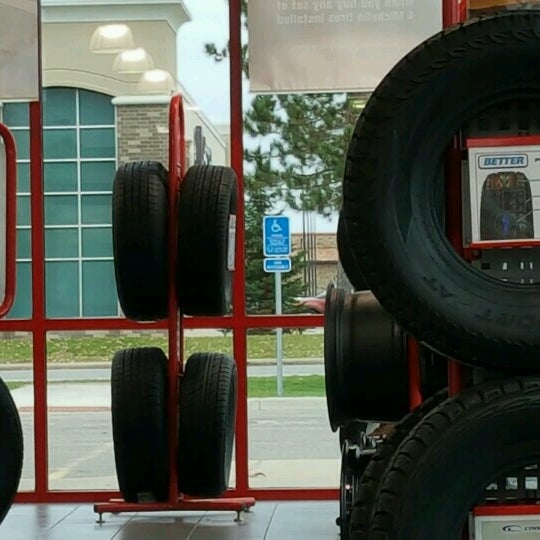
However, there are some types of tires that do not come with a manufacturer’s warranty due to the nature of their use.
This includes competition tires, ATV tires, mud tires, trailer tires, and some winter tires.
https://www.americastire.com/customer-service/return-policy
https://www.discounttiredirect.com/customer-service/return-policy
Is Discount Tire's Warranty Transferable? (Coverage + More)
Have you ever asked yourself or your friend if Discount Tire Warranty is transferable? What does a tire warranty cover? Well, you are at the perfect place to find the answer to such a...
Continue Reading
link to Costco Tire Warranty - Replacement Policy (How It Works)Costco Tire Warranty - Replacement Policy (How It Works)
Have you ever asked yourself or your friend what is Costco Tire Warranty, the replacement policy, and how it works? Well, you are at the perfect place to find the answer to such a question.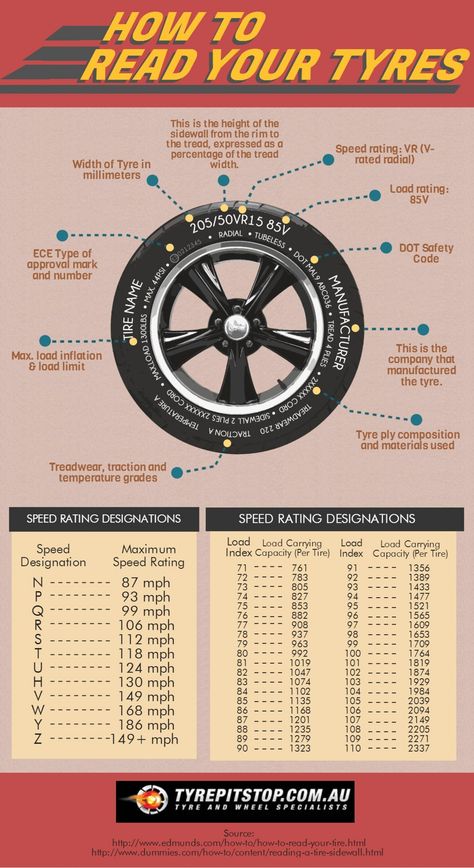 If you...
If you...
Continue Reading
Discount Tire’s Certificate for Repair, Refund or Replacement — which costs anywhere from $10 to $100 per tire — is worth it for those who purchase expensive tires and want to protect them or for those who drive often and/or on roads that are in poor condition. For more about the program, see below.
With a standard tire warranty, whenever you need to replace your tires, you typically apply a prorated amount toward your new tires based on the tread remaining on the old tires.
Discount Tire’s Certificate for Repair, Refund or Replacement works differently.
With the Certificate, if your tires fail due to a defect or non-repairable road hazard within the first three years after purchase (and they’re within the legal tread limit of 3/32 inches), Discount Tire will fully refund your purchase price and offer new tires at the refund price plus tax.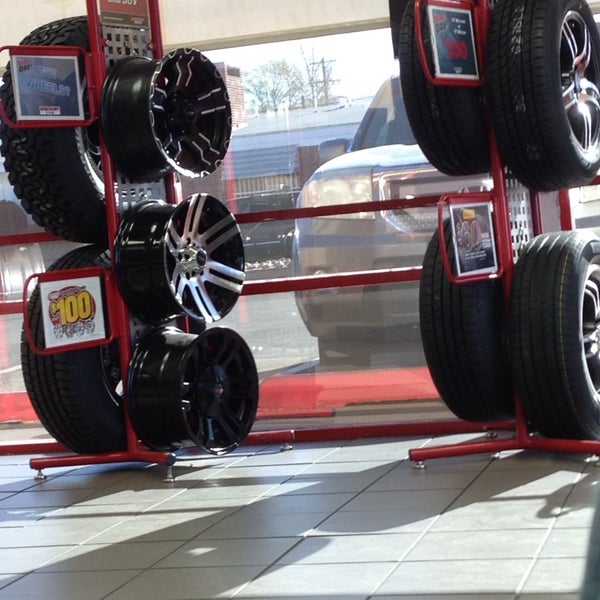 [1]
[1]
The Certificate also applies to tire purchases from Discount Tire Direct.[2]
The cost of the Certificate varies depending on the tires you choose. It usually ranges from around $10 to $100 per tire.[3] Generally, the more expensive the tire, the more the Certificate will cost.
You can either purchase it when you purchase your tires or within 30 days of purchasing them.[1]
While some auto shops patch tires for free (as previously reported), a patch for a punctured tire will usually cost around $10 to $30, depending on the severity of the puncture and whether you choose to patch the tire yourself or have the repair done at a shop.[4][5][6]
Luxury tires will cost more to repair. However, some shops may patch your tire for free if you purchased your tires from that shop.
Purchasing inexpensive tires and the Certificate at the minimum amount per tire will pay for itself rather quickly, especially if you frequently drive on poorly maintained roads.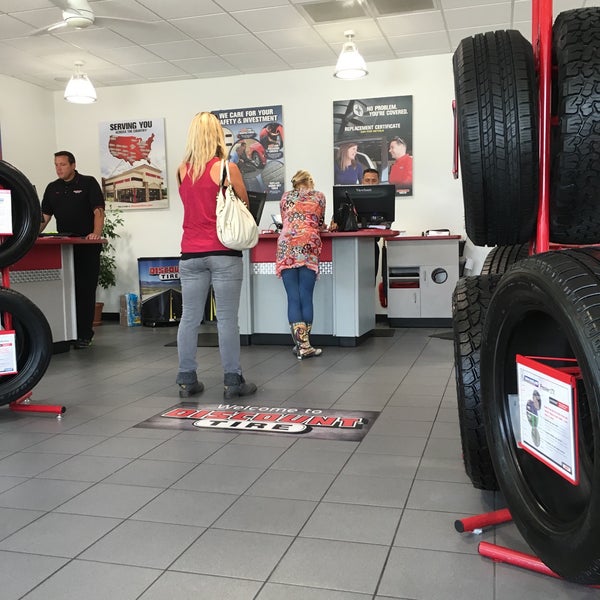
More severe damage or a more expensive tire means higher repair costs and more potential savings with the Certificate.
When you need to use the Certificate, you can validate it at any Discount Tire location. You’ll receive a refund after validating the Certificate and can then purchase replacement tires.[1]
If you’re no longer near a Discount Tire location, you can call Discount Tire at (800) 385-3322 to get assistance redeeming the Certificate in your area.[1]
It’s important to note that the Certificate is not valid for some forms of commercial driving, and it doesn’t cover tire damage resulting from fire, crime, vandalism, improper inflation, or improper use of the wheels.[1]
If any of the damage to your tires was avoidable, it’s unlikely that you’ll be able to use the Certificate.
Discount Tire Certificates expire after three years from the date of purchase or when the tire’s tread depth goes below 3/32″, whichever comes first.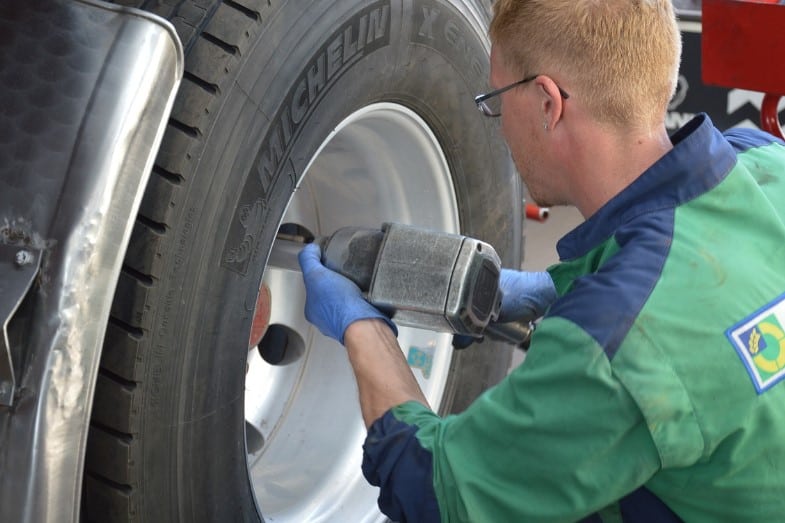 [1]
[1]
To determine whether or not to purchase a Certificate, you’ll first want to consider your driving habits and the condition of the roads you frequent the most.
If you have long daily commutes or often drive on brick roads or roads with lots of potholes, you’re more likely to face tire damage in the next three years.
If you’ve had at least one case of a non-repairable flat tire or other tire damage in the last few years, the Certificate might be worth it.
However, paying for the Certificate may not be worth it if you don’t drive much or typically drive on smoother roads. You’re not as likely to face severe tire damage.
The Certificate is often affordable, with prices starting at around $10 per tire for the cheapest tires.
With the highest-end tires available, the Certificate can cost $100 per tire, saving you close to 90% of the price of replacing them. The more expensive the tire, the higher the potential savings with the Certificate.
The Certificate is a good business for Discount Tire because many people won’t end up needing to use it in the three-year period. On the other hand, for those who actually end up using the Certificate or those who desire the peace of mind of knowing that their tires are covered, it’s typically worth the cost.
For more about Discount Tire, see our article about the company’s policy on mounting tires purchased elsewhere.
Load index (it is also the index of carrying capacity or bearing capacity) - this is the name of the maximum allowable weight, under the pressure of which the tire is able to function normally. This indicator is especially important for owners of trucks, since the weight of their cars is constantly changing and can reach huge values.
To increase the load index, tire manufacturers are using stronger materials and reinforcing the roll. Rubber becomes more stable, but its rigidity inevitably increases.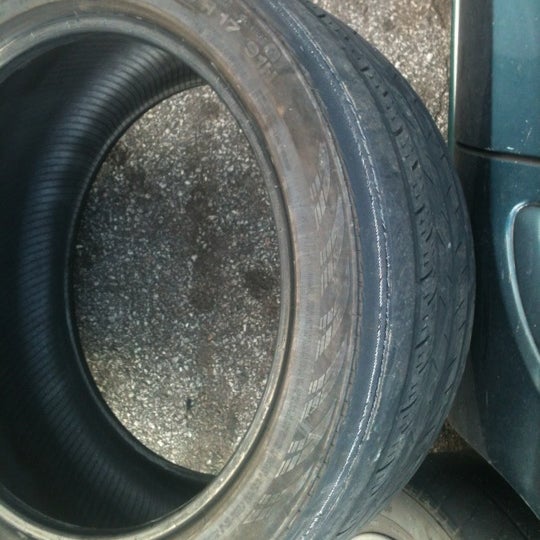 This means that the higher the load index, the less comfortable the ride will be. Hard rubber not only absorbs worse, but also creates a rumble while driving. The only way to make driving a car more comfortable is to take tires with a lower load index. In this case, the owner will no longer be able to transport the previous amount of cargo, but the car will move more smoothly, and the pressure on the suspension will decrease.
This means that the higher the load index, the less comfortable the ride will be. Hard rubber not only absorbs worse, but also creates a rumble while driving. The only way to make driving a car more comfortable is to take tires with a lower load index. In this case, the owner will no longer be able to transport the previous amount of cargo, but the car will move more smoothly, and the pressure on the suspension will decrease.
In order to avoid confusion, global tire manufacturers use a single index table in the manufacture of tires. The smallest load index among the existing ones is 0. It corresponds to an indicator of 45 kilograms. This means that a tire with this index is able to withstand loads up to 45 kilograms. The maximum index is 230 with a corresponding figure of 33,500 kilograms.
These figures represent optimal values, not limit values. For example, if the load index of a tire corresponds to five hundred kilograms, then this does not mean that with a load of 600 kg the tire will be torn apart.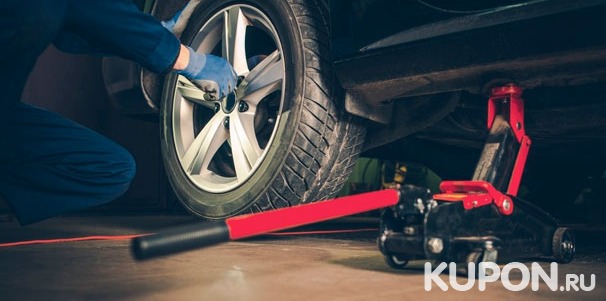 From time to time it is permissible to exceed the recommended load by twenty to thirty percent. But when buying tires, you should focus on the recommended value, which, along with the speed index, is indicated in the technical documents of any car.
From time to time it is permissible to exceed the recommended load by twenty to thirty percent. But when buying tires, you should focus on the recommended value, which, along with the speed index, is indicated in the technical documents of any car.
The load index is not the only indicator by which one can judge the bearing capacity of a tire. There is also the concept of ply rating or PR (from the English “ply rating”). The higher this figure, the greater the load the tire can withstand. For example, for passenger cars, the ply rate is in the range from 4 to 6 PR, and tires with a PR value of 6-8 are usually installed on minibuses or small trucks. For large-sized vehicles, like agricultural machinery, tires marked "Reinforced" (literally - "reinforced") or XL are used. This tire has the maximum ply and is able to withstand the heaviest loads. An alternative option is the sign "C", that is, "commercial". It is put on tires for vehicles with a large load capacity.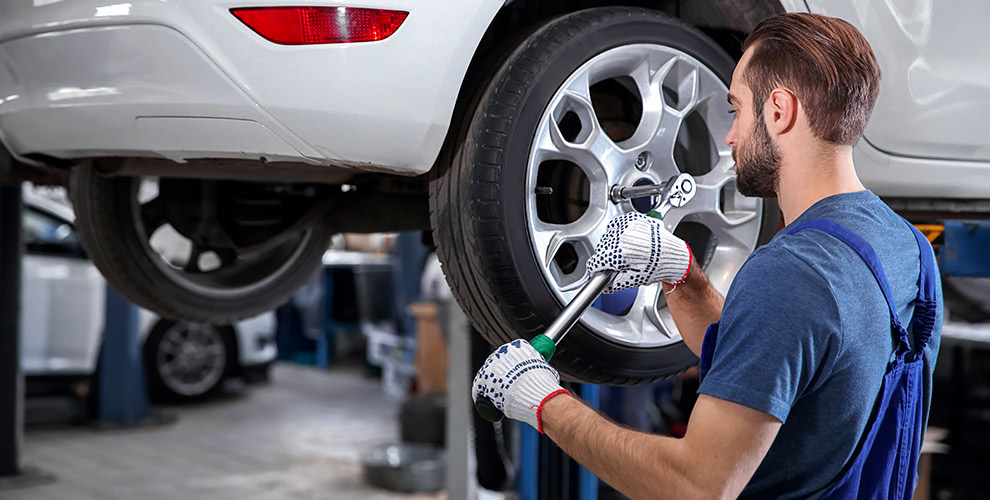
And yet, the ply rate, as an indicator of the optimal load, is imperfect. Tires of different sizes with the same ply rating are able to withstand completely different loads, so ply rating is not an independent indicator. Today, tire manufacturers use it less and less and indicate the load-bearing capacity on the sidewall.
Sometimes, in addition to the load index, the manufacturer indicates the maximum permissible load in kilograms. To recognize it, you need to find the inscription “max. load" followed by a number.
It is important to note that the limit load rating is always per tire. To calculate the coefficient for a car, you need to multiply the value by four.
The bearing capacity coefficient is related to the speed index discussed at the beginning. For example, the 80R marking means that the recommended speed for the tire is 170 km / h, and the maximum load is 450 kilograms. But after all, the load on the tire is directly proportional to the speed: the faster the car moves, the higher the load on the tire.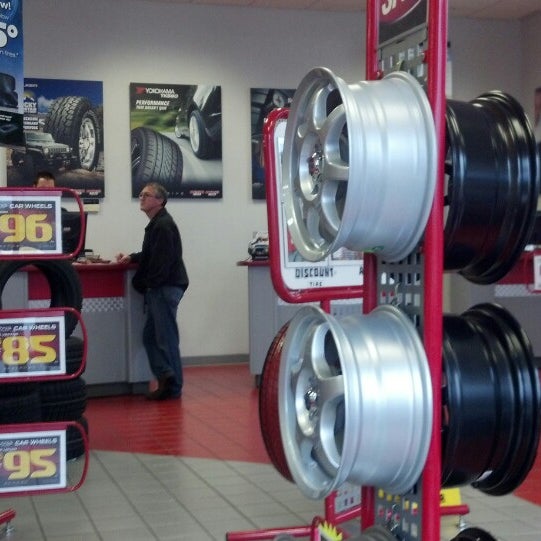 To avoid confusion, on each tire, manufacturers indicate the load factor for the maximum allowable speed. In the example above, a load of up to 450 kilograms would be allowed at a speed of 170 km/h. If you go slower, then you can take more cargo. The reverse is also true: if the pressure on the wheels is reduced, the recommended speed limit can be exceeded. There is a formula: five percent weight reduction allows you to increase the maximum speed by 10 kilometers per hour.
To avoid confusion, on each tire, manufacturers indicate the load factor for the maximum allowable speed. In the example above, a load of up to 450 kilograms would be allowed at a speed of 170 km/h. If you go slower, then you can take more cargo. The reverse is also true: if the pressure on the wheels is reduced, the recommended speed limit can be exceeded. There is a formula: five percent weight reduction allows you to increase the maximum speed by 10 kilometers per hour.
All technical information about the tire is printed on its sidewalls. The name of the manufacturer, model, type of cord, country of manufacture and other data are noted there. Among other information, there is always a block of information on the sidewall, which is called the standard size. Let's take size 185/75R14 82S as an example. Here 185 is the width of the tire in millimeters, 75 is the height in millimeters, R is the type of tire (in this case, radial, but can also be diagonal and denoted by the letter D or diagonally belted and denoted by the letter B), 14 is the rim diameter in inches, 82 - load index (475 kilograms), S - speed index (180 km / h).
Twin tires are sometimes used for large trucks. The limit load coefficient for each tire in a pair may vary, and in this case, the load index is indicated for each tire separately, through a fraction.
(in - load index, kg - weight in kilograms)
Dear friends! This is an old version of an article that was written in August 2011. Now there is a new series of articles on tire grip in 4 parts, where I have presented the topic in a more complete and systematic way. I invite you to familiarize yourself with it, here is the first part of the article: What determines the grip of tires with the road? Part 1
In the last issue I wrote about tire sizes, terminology and some misconceptions about tires. Let's now discuss what is what in tire sizes, and move on to the next batch of misconceptions.
The tire deforms under the force of the vehicle's gravity, forming a so-called contact patch.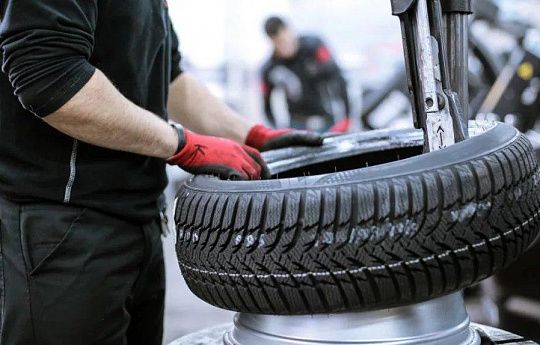 An example from life: if a child sitting on a bus leans his nose against the window, then dad and mom from the street will see a funny “nickle” on the tip of their nose :). This is the contact patch. A similar picture is with a tire that is pressed against the road.
An example from life: if a child sitting on a bus leans his nose against the window, then dad and mom from the street will see a funny “nickle” on the tip of their nose :). This is the contact patch. A similar picture is with a tire that is pressed against the road.
Among motorists, it is commonly believed that the wider the tire, the larger the contact patch of the tire with the road and the better the grip. And, supposedly, the shorter the braking distance, the better the maneuverability and controllability of the car. And sometimes they think that if the car does not brake directly, but sideways, then the braking distance will be shorter, because the contact patch is wider. This is not true.
I will immediately give evidence from physics.
Stopping distance:
S = V2/2µg (1)
Here S is the braking distance, v is the speed of the car, µ is the friction coefficient of the tire on the road, g is the free fall acceleration.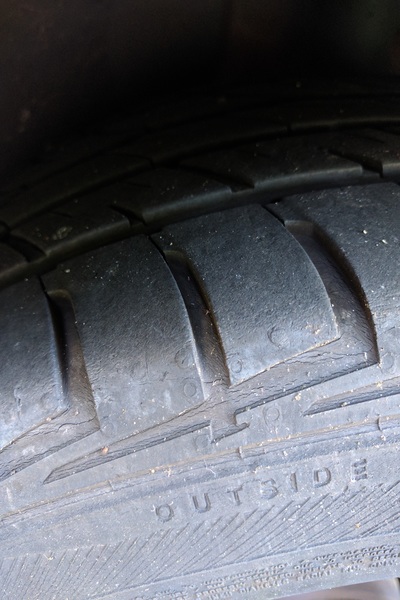
As you can see, braking distance does not depend on the width of the tire section and the area of the tire contact patch with the road . In this formula, there is only one "representative" of the tire - this is the coefficient of friction, which depends on the nature of the contacting bodies. In this case, it depends on the type of road surface and on the chemical composition of the rubber compound of the tire tread. Accordingly, and tire grip depends on the composition of the tread compound. Let's talk.
Very simple. On the one hand, , the larger its area, the more “tentacles” the tire clings to the road . This fact lies on the surface, and people willingly think that grip is proportional to tire width. But there is another side of the coin, which many people forget: the size of the contact patch directly affects the weight of the tire per unit area, that is, the pressure that it exerts with its weight on the road.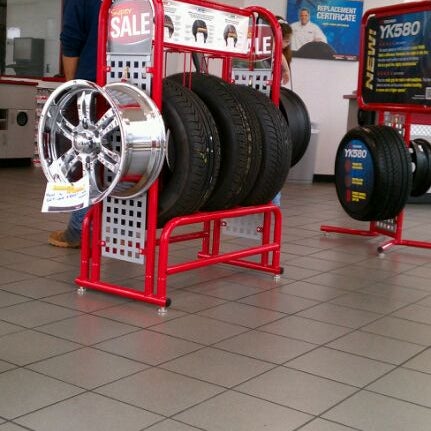 The larger the contact area, the lower the tire pressure on the road . Please don't confuse the tire pressure on the road with the air pressure in the tire :)
The larger the contact area, the lower the tire pressure on the road . Please don't confuse the tire pressure on the road with the air pressure in the tire :)
What is a dull knife and a sharp knife? A blunt one has a thicker blade, and a sharp one has a thinner one. The difference is only in the pressure that the knife exerts, for example, on bread. Thinner (i.e. less contact area between the knife and bread) - more pressure, cuts better, thicker - worse.
Suppose a fisherman needs to cross a frozen pond with thin ice. What skis should you wear? Running - with a width of about 5 cm, or hunting - with a width of about 30 cm? Of course, hunting. Because they are wider, they will have less pressure on the ice and are less likely to fall through.
For this reason, by the way, winter tires are always narrower than summer tires - to increase the pressure on the road and better “bite” into the snow and ice crust.
As a result, if we increase the area of the contact patch (ie, instead of the 205th tire we put 255), then we reduce the pressure on the road.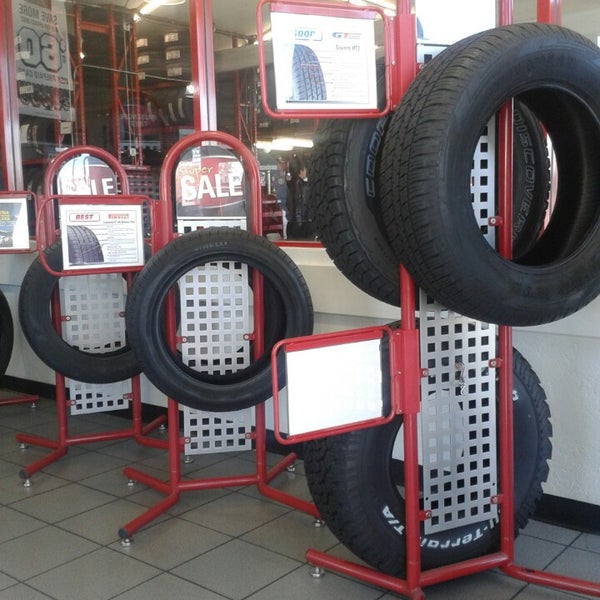 It turns out, how many times we increase the adhesion area with the road, exactly the same number of times we reduce the pressure on the road . Bash on bash - and the clutch does not change.
It turns out, how many times we increase the adhesion area with the road, exactly the same number of times we reduce the pressure on the road . Bash on bash - and the clutch does not change.
By the way does not affect grip and tread pattern. If you pay attention to racing slicks, in the same Formula 1, then they are generally "bald" and do not have any pattern. The pattern on summer tires is needed only to drain water from the contact patch. Grip is not affected by the pattern, but by the type of tread: mud, winter, rain, summer. Summer tires will get you bogged down in mud and snow, while mud tires won't drive you fast on winding roads. But this is a fundamentally different type of tread, with a different purpose.
Take three different Nokian Hakkappeliitta tires: 4.5 and 7. The pattern is different for everyone, but the essence is the same, all models are good. You can also take top winter tires from different manufacturers Nokian, Michelin, Gislaved, Goodyear.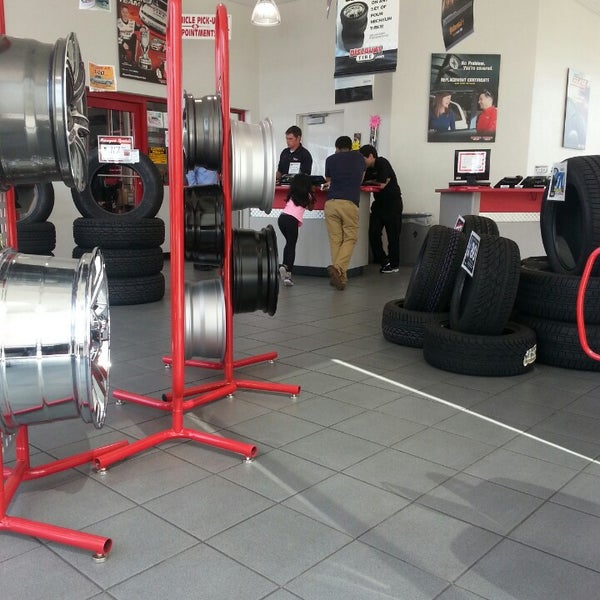 All tread patterns are different, but the characteristics are similar. Because everyone has the same purpose and a winter type of tread that has lugs and sipes, and most importantly, the composition of the rubber. But the Russians, I don’t remember the exact manufacturer, have a tire - according to the tread pattern, an exact copy of the Goodyear Ultragrip 500. And the difference between them is like between heaven and earth, as you understand. As a drawing, do not copy, but without a high-quality rubber composition, nowhere. and tire grip does not depend on what pattern on the tire is herringbone, stripe or checkered, but on the composition of the rubber compound .
All tread patterns are different, but the characteristics are similar. Because everyone has the same purpose and a winter type of tread that has lugs and sipes, and most importantly, the composition of the rubber. But the Russians, I don’t remember the exact manufacturer, have a tire - according to the tread pattern, an exact copy of the Goodyear Ultragrip 500. And the difference between them is like between heaven and earth, as you understand. As a drawing, do not copy, but without a high-quality rubber composition, nowhere. and tire grip does not depend on what pattern on the tire is herringbone, stripe or checkered, but on the composition of the rubber compound .
That is, the type of tread makes winter or summer tires, and the pattern is the only thing that the buyer can “feel” when buying and that can affect the emotional perception of the tire. Of course, there are fans of the smell of rubber, which is in tire shops, but that's another story :)

To make it clearer where the area has gone, Coulomb's law can be rewritten differently, taking into account the area of the contact spot and reflecting the influence of the spot on pressure. It's simple: the pressure of a body on a support or, in our case, a tire on asphalt is equal to the weight of the body (tire) divided by the contact area:
P = N/S = mg/S0003
where P is the tire pressure on the road, N = mg is the same tire weight.
Then from here you can express weight through pressure:
N = PS (4)
Now, if we substitute this formula into the Law of the Kulon, we get:
F = µPs (5)
or, expressed by human language, the grip force of the tire with the road is proportional to the coefficient of adhesion, the pressure of the tire on the road and the area of the contact patch. This is exactly how grip strength is perceived by most people. But here the dog is buried - in that the pressure directly depends on the area of the contact patch and is inversely proportional to it.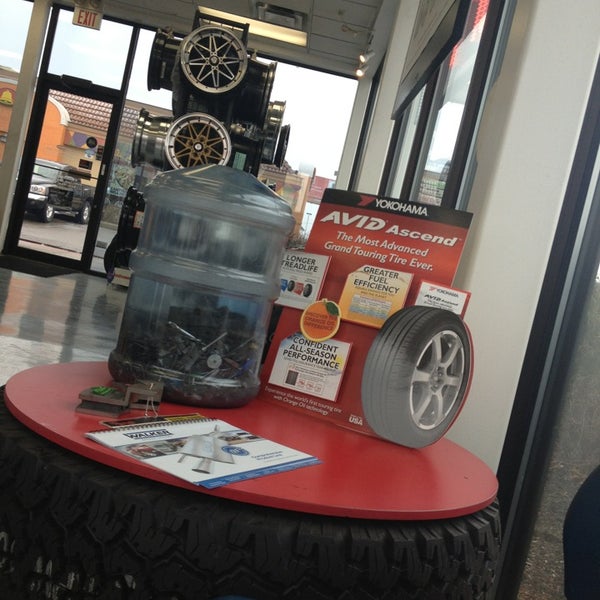 Formula (3) tells us about this. Putting here the expression for pressure, we get:
Formula (3) tells us about this. Putting here the expression for pressure, we get:
F = µmgs/S (6)
Then we successfully reduce the area and come to the Law of the Kulon (2) and the clutch power that does not depend on the area of the contact spot .
By the way, let me tell you about one more common misconception. Friction is different: friction of rest, rolling, sliding. And often people think that the tire rolls due to rolling friction. I will not delve into these issues, I will write briefly. Tire rolls due to static friction . That is, during rolling, the contact patch of the tire with the road is at rest relative to the road .
Surprised? And you pay attention to the legs, shoes of a walking person. As soon as a person takes a step, his foot stops, and he transfers weight from it to the second leg and takes another step.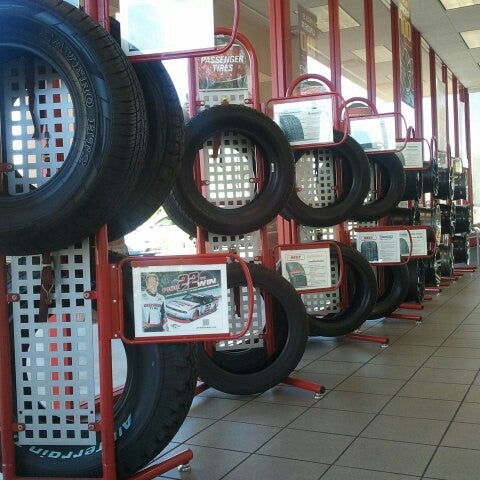 It turns out that the upper body of a person moves while one leg rests. The tire behaves similarly, only it makes many, many small steps, rolling from one tire element to another, and each of them rests relative to the road at the moment of rolling. Accordingly, during rolling, a static friction force acts between the tire and the road.
It turns out that the upper body of a person moves while one leg rests. The tire behaves similarly, only it makes many, many small steps, rolling from one tire element to another, and each of them rests relative to the road at the moment of rolling. Accordingly, during rolling, a static friction force acts between the tire and the road.
If the contact patch begins to move relative to the road, then this means the tire is slipping, and here the static friction turns into sliding friction.
Rolling friction is a completely different type of friction that occurs due to tire deformation and is always directed to the side against the direction of rolling. The greater the deformation of the tire, the greater the rolling friction. Since a flat tire deforms more than an inflated one, a simple conclusion suggests itself: Monitor and maintain tire pressure as instructed in vehicle owner's manual . That is, rolling friction is a parasitic type of friction, on which, by the way, fuel consumption depends. If designers try to increase the static friction force of the tire with the road, then they always try to reduce the rolling friction force.
If designers try to increase the static friction force of the tire with the road, then they always try to reduce the rolling friction force.
It turns out that the grip of the tire with the road is the static friction force, and it does not depend on the width of the tire and the area of the contact patch .
And it is very easy to apply what has been written above in life. Tire grip is the foundation of safe driving The higher it is, the safer you can drive. This is no secret to anyone. Some drivers are cool about what tires are on their cars, and I think it doesn't matter. Important! Almost the most important thing in the car. But among those drivers who value safety, traction and tires, there are those who think that they will improve traction if they put wider tires on their car. Or they often think that you can increase grip by installing tires with a more "fancy" tread pattern. As you already understood, these things are not related.
Of course, wide tires are important, because is made and installed on cars for something. And what wide tires are for, we will discuss in the next article or in the MBA driver course: Driving Mastery, but the braking properties of the car will not improve from them.
By the way, think about this fact: if everything was so simple and wide tires would brake better than narrow ones, then the tire manufacturer could easily solve the problem of winter - they would make winter tires wide , and that's it! However, this does not happen and, moreover, the opposite happens: winter tires, as a rule, are already summer ...
So, , in order to improve tire grip, you need to install tires made from rubber of a higher quality . The problem is that when buying a tire, we cannot evaluate the quality of the rubber compound and almost 100% evaluate the tire visually - by the design of the tread, as well as by the width and height of the profile.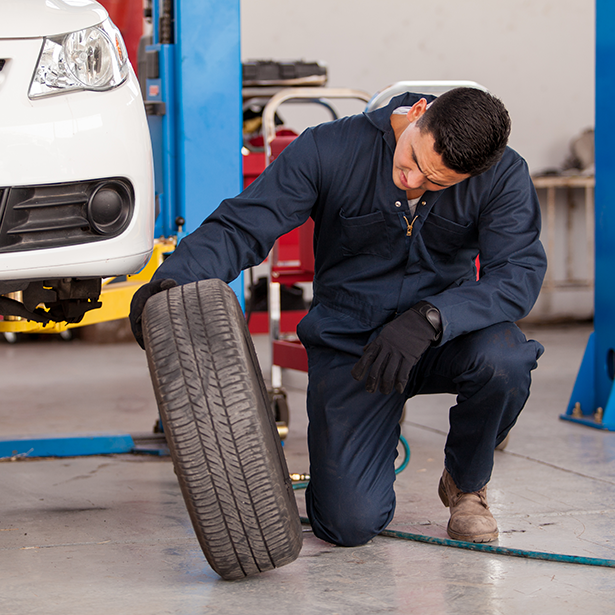 Many people buy into this…
Many people buy into this…
How to choose the right tires? Unfortunately, there is no clear answer to this question. There are general considerations, there are three of them.
You may also notice that good expensive tires are often wider than average economy tires and also have a lower profile.